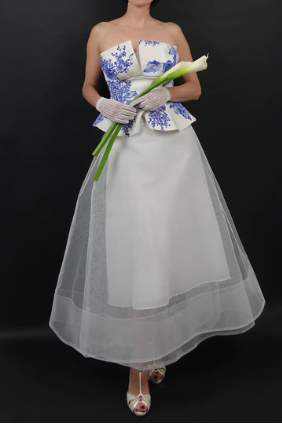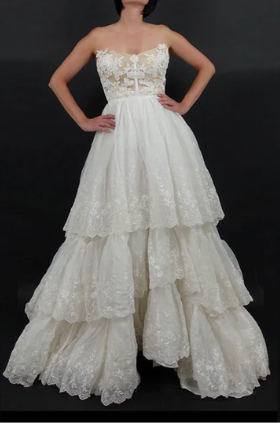Textile Sustainability: Lower Your Carbon Footprint
Did you know that textiles account for more than 6% of the waste stream in the United States? Each person discards about 81 pounds of materials every year! Textile recycling offers a solution by redistributing unwanted clothing, shoes, and fabrics for upcycling, donation, or repurposing. By recycling textiles like clothing, tablecloths, curtains, and shoes, we can reduce the demand for raw materials and conserve valuable resources such as water, energy, and land. This, in turn, decreases the need for new production. Additionally, textile recycling helps divert a significant amount of clothing from ending up in landfills. By extending the lifespan of textiles, we can greatly reduce the overall waste generated by the fashion industry. The production of textiles, especially synthetic fibers, is known for its high greenhouse gas emissions. However, recycling textiles can help lower the carbon footprint by minimizing the energy required for manufacturing new materials.
Dresses from Silver Moon Bridal
When planning your wedding, consider the option of purchasing your attire second-hand or vintage. Silver Moon Bridal in Chicago offers the area's largest collection of original vintage, blending vintage textiles and trimmings with modern silhouettes. There are numerous online retailers, such as Preownedweddingdresses.com and Still White, that specialize in vintage and pre-loved dresses. If you’re looking for vintage or hand-made suits and bridal accessories, Etsy is an excellent resource.
Furthermore, we suggest encouraging your wedding party and guests to explore their closets for suitable attire. By providing guidelines regarding a specific style, color, or print, you can create a truly unique and zero-waste wedding attire aesthetic. This approach not only adds a special touch to your wedding but also relieves your guests of the pressure to buy new clothing for the occasion.
Another great resource for dresses and accessories is our very own bi-annual wedding Recyclery hosted at our member venues and we encourage couples to come sell their wedding attire and day-of decor at these events after your wedding to continue the cycle of reusing. If you are still left with textiles and fabrics that can’t be donated, reused, or repurposed there are several options for recycling. Take-back programs like For Days and Retold Recycling collaborate with a network of recycling partners to prevent textile waste from polluting the environment.
As a consumer, there are numerous ways you can help reduce textile and fashion waste. Embracing sustainable fashion practices, such as purchasing second-hand clothing, mending items in need of minor repairs, donating unwanted items, and supporting brands that prioritize recycling, can all contribute to a more circular and eco-friendly industry. By taking these steps, individuals can play an active role in promoting a sustainable future for fashion and the wedding industry.




